93:08:10.72 West Longitude; 93.13631111
35:17:42.58 North Latitude; 35.295161111
107 meters Elevation
UTC - 6 hours (Central Standard Time)
UTC - 5 hours (Central Daylight Time)
The campus observatory is utilized by students and faculty and is open to the public for rare special events that will be advertised here when appropriate and announced through our facebook page (Join Astronomy@ATU on facebook).
The observatory courtyard is adjacent to McEver Hall on campus (map) in Russellville.
Current Campus Weather Station Data (updated ~10 minutes)
Affiliated:
Central Arkansas Astronomical Society (CAAS) River Ridge Observatory
Whispering Pine Observatories (WPO)
Arkansas-Oklahoma Astronomical Society (AOAS)
Mid-States Region Astronomical League (MSRAL)
American Association of Variable Star Observers AAVSO
Center for Backyard Astrophysics - CBA Arkansas
AstroLinks:
Skyview Cafe (Interactive Planetarium)
Astronomy Picture of the Day APOD
Earth Observatory Image of the Day IOTD
Astronomy Education Animations and Simulations
Nine Planets (Solar System Data)
Exoplanets
Exoplanet Archives
Exoplanet Transit Database
U.S. Naval Observatory (Observational Ephemerides)
Jet Propulsion Laboratory Solar System Missions
American Astronomical Society AAS
Astronomy and Astrophysics Abstracts ADS
National Optical Astronomical Observatories NOAO
Minor Planet Center MPC
Space Weather (Earth-Sun Environment)
Lunar and Solar Eclipse Information
Visual Satellite Tracking Information
Asteroid Occultations
Cataclysmic Variables
CMuniwin - Photometry Software
AstroImageJ
Times & Dates Help
Report a Large Meteor ("shooting star")
ATU Weather Station
ATU RRT (River Ridge Observatory)
Robotic Research Telescope ACP Scheduler
Image Gallery
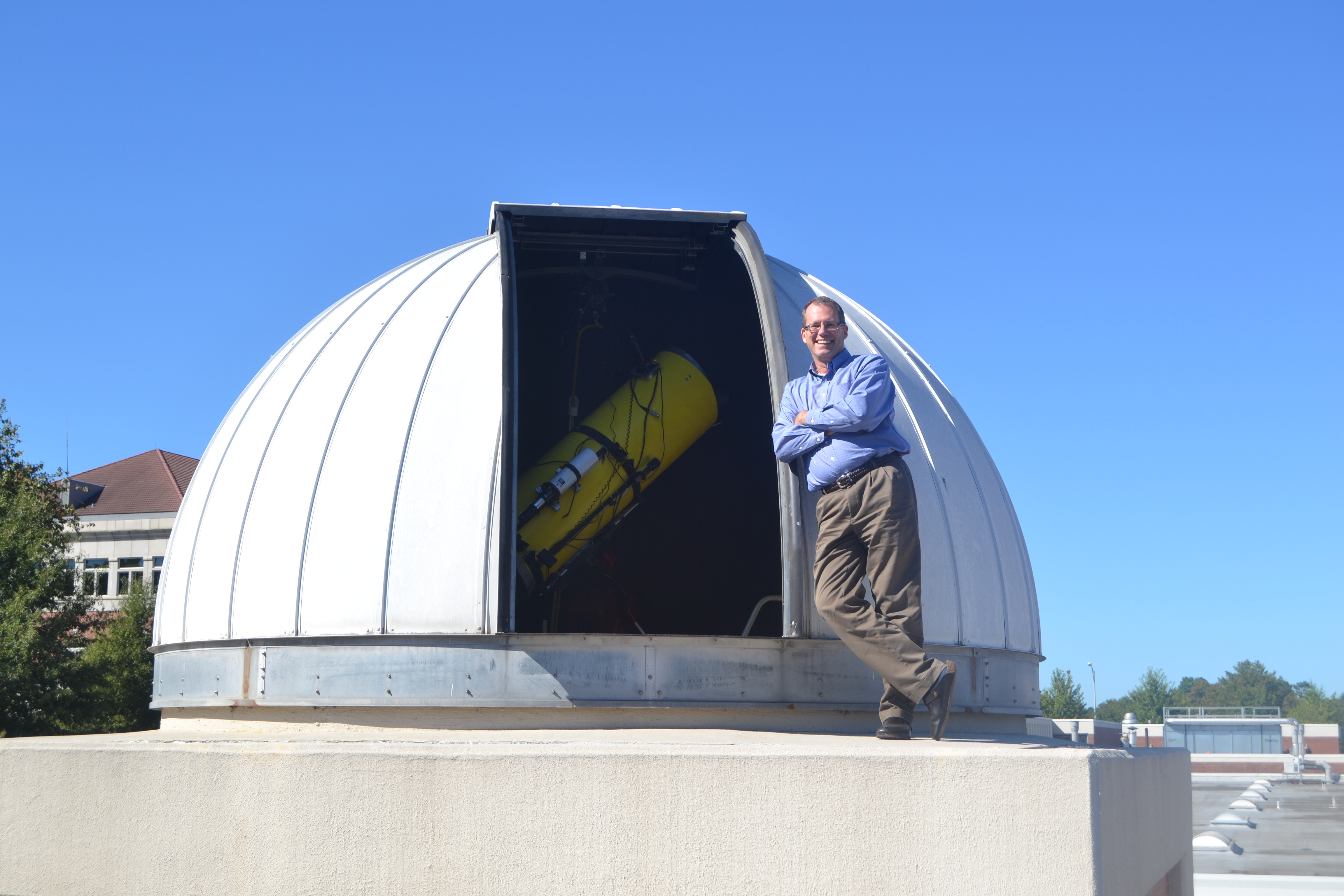
Campus Observatory (Clarke 16-inch reflector)
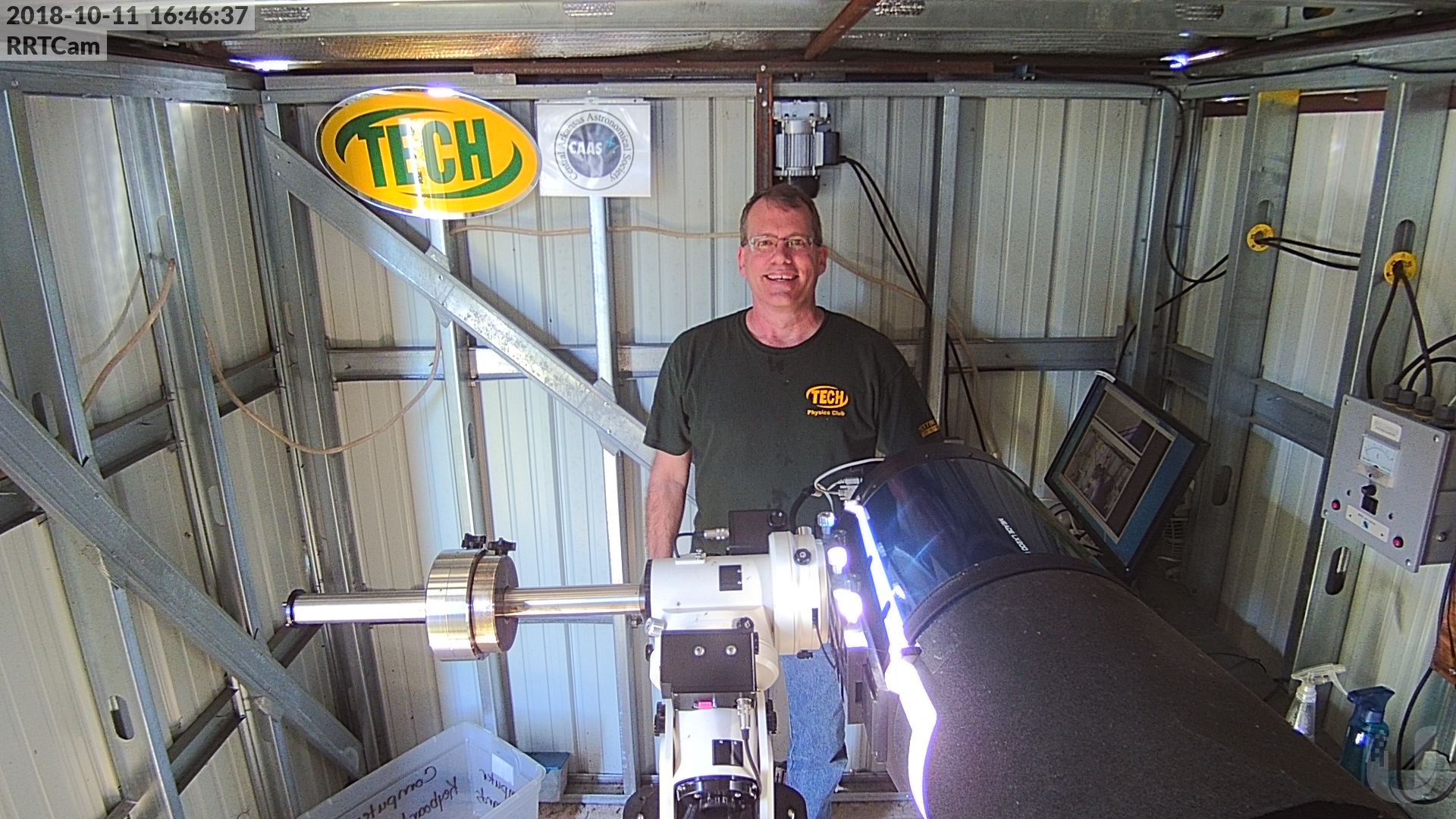
Robotic Research Telescope (River Ridge Observatory)
(Above)1994 Solar Eclipse Where forest canopy projects solar images from "pinhole"
cameras made by dozens of interlaced leaves above. (Below) 2017 Total Solar Eclipse
timelapse of onlookers.
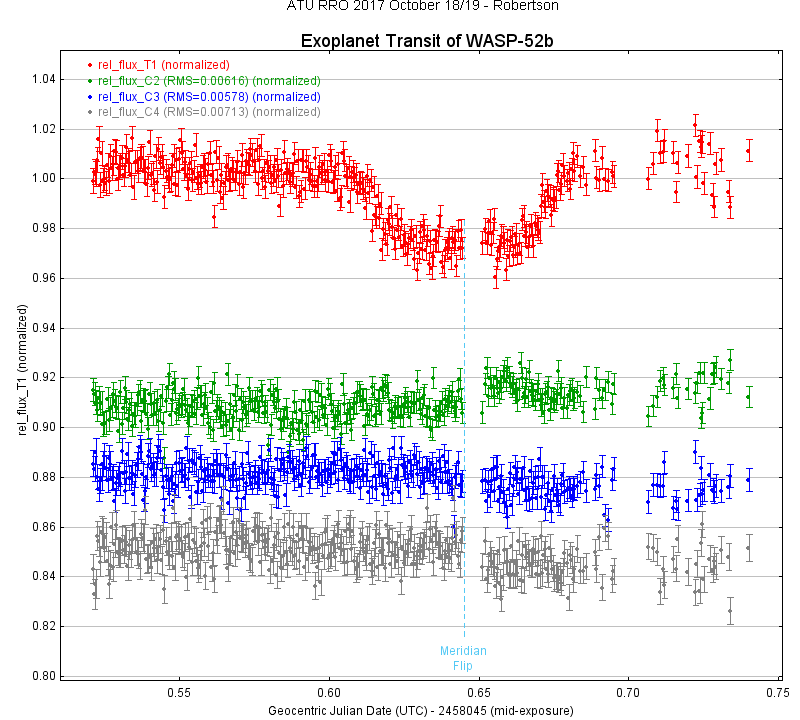
Transit of exoplanet WASP-52b across its parent star.
An eclipse of cataclysmic variable binary star system UU Aquarius.
Amateur-Professional collaboration characterizing a newly discovered binary system.
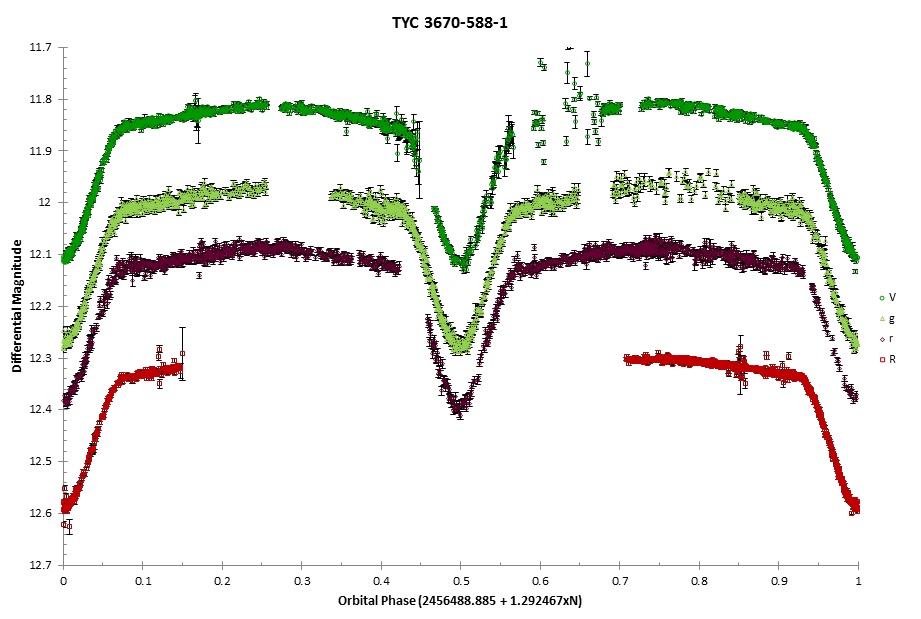
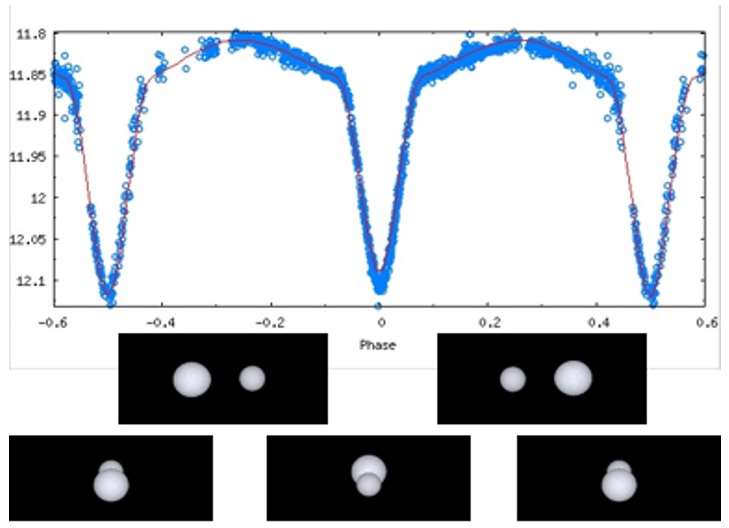
---------------------------------------------------------------------------------------------------------------------
A project involving follow-up observations of NEO-PHAs (Near Earth Object-Potentially Hazardous Asteroids) to help us avoid the fate of the dinosaurs.
Where's the Asteroid?
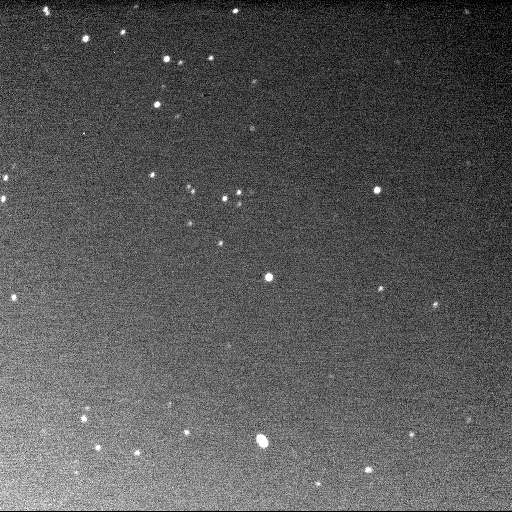
(MPL2007TU24_080129)
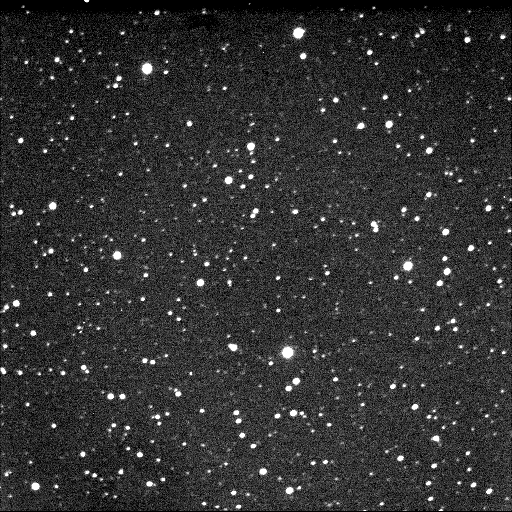
(MPL2006NM060919)
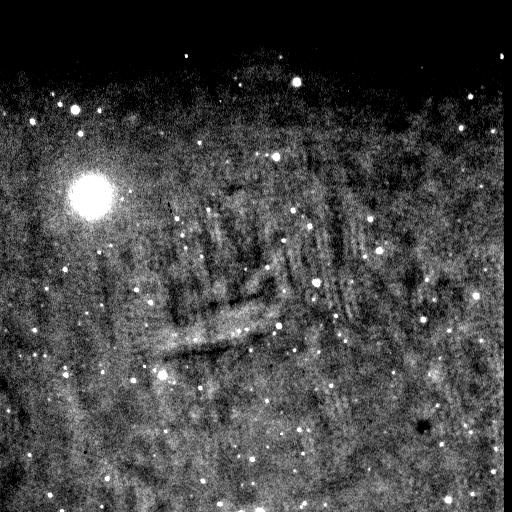
(MPL23183_060125), wait for the frost on the CCD window to evaporate!
Star field with cataclysmic variable star FS Auriga and our newly discovered eclipsing
binary (2007 AJ, 133, 1944,
2011 AJ, 141, 124). Try and find the cataclysmic variable, its accretion disk puts out lots of UV lightmaking
it appear as an extremely blue star right of center.
Observations of a galaxy before and after one of its star's went supernova.The light
from the supernova almost outshines the galaxy of several billion stars itself.
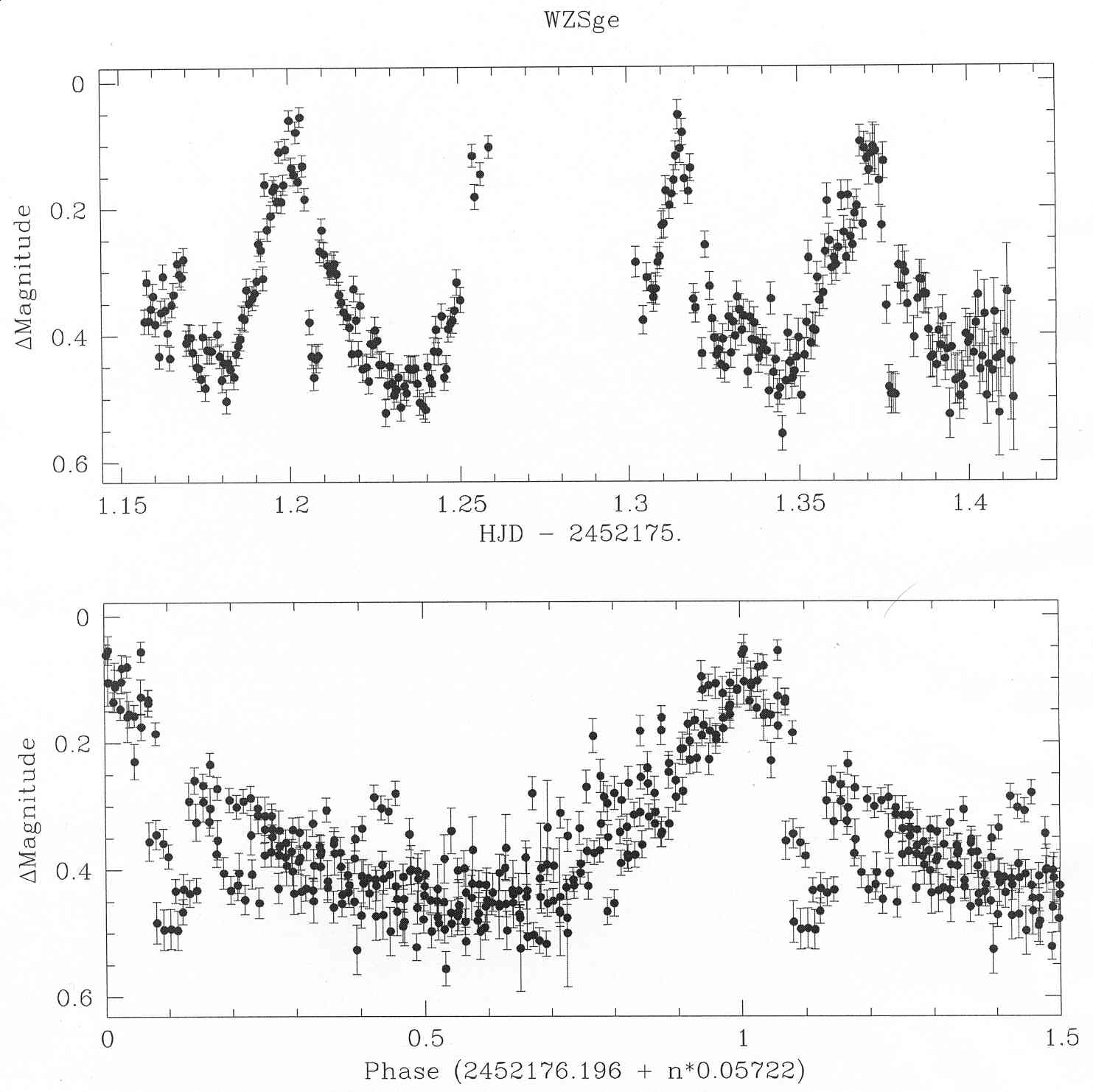
Eclipses imbedded in superhumps of cataclysmic variable WZ Sagittea during a 2001
superoutburst monitoring campaign with the Center for Backyard Astrophysics CBA, (2002 PASP 114, 721).

WIYN 3.5-meter telescope color image of Helix galaxy and mystery minor planet interloper
(0.4 arcsec seeing).
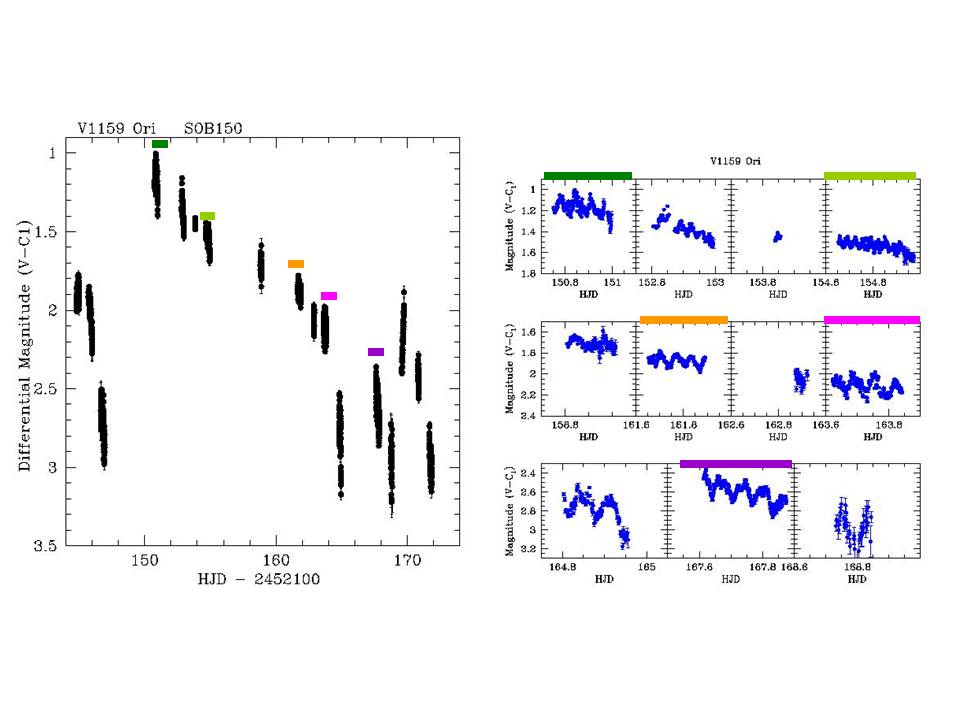
Observations of outbursts, superoutburst and superhumps in cataclysmic variable V1159 Orionis over its ~45 day cycle (1999 ApJ, 521, 362)